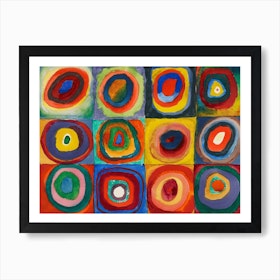- 25% Off All Wall Art
- Ends in 13m
Bauhaus Art Prints & Posters
All Bauhaus Art Prints & Posters
From $31$23
From $18$13
From $18$13
From $18$13
From $18$13
From $20$15
From $18$13
From $20$15
From $18$13
From $18$13
From $18$13
From $20$15
From $18$13
From $20$15
From $18$13
From $20$15
From $20$15
From $20$15
From $18$13
Looking for something different?
Frequently asked questions








































